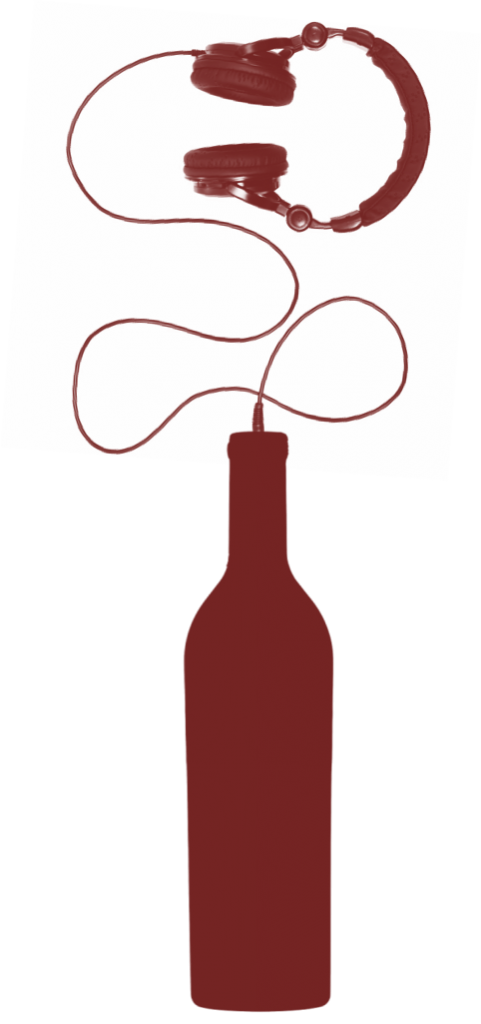 There’s a point where wine news becomes real news. I’ve begun to hear about experimental psychologist Charles Spence’s “colour lab” from friends as well as wine writers. This is the crucial moment when a hypothesis becomes an urban legend, like red-wine headaches or health benefits, doomed to be repeated ad infinitum by shoppers at the local wine sore.
There’s a point where wine news becomes real news. I’ve begun to hear about experimental psychologist Charles Spence’s “colour lab” from friends as well as wine writers. This is the crucial moment when a hypothesis becomes an urban legend, like red-wine headaches or health benefits, doomed to be repeated ad infinitum by shoppers at the local wine sore.
The colour lab’s finding: that colors, lights and sounds affect how people taste wine. The gripping conclusion: “[Spence] envisages it trickling down to consumer products in the near future, such as lighting and music suggestions on packaging, or sensory apps.”
Joy of joys.
It’s nice to have a little proof, however shaky, that everyone’s a little synesthetic, and that changes in lighting, color, music, and sound can change someone’s perception of a wine. Perhaps this is a two way street, full of unmapped and unintended consequences: could a glass of dark, bitterly tannic Aglianico del Vulture push a troubled relationship into a break-up, over one dinner conversation? Could a critic, sipping a vapid Trebbiano from a plastic cup at a Chelsea gallery opening, dismiss an artist’s work as vapid, and overly dependent of the color grey? (Or, even worse, praise it for its wispy, post-post-modern disinterestedness?)
As intriguing as they are, these results should be backed up– or contested— by actually rigorous studies in controlled environments. Laboratories may seem artificial, but they are much more controlled than street festivals. Ideally they are less susceptible to a sense of occasion. Experiments don’t always necessarily yield ‘events,’ or great findings that can change the face of wine-drinking as we know it. Which is the problem of hosting an experiment at a bona fide carnival– even the skeptics might be inclined, a few glasses in, to exaggerate the differences they’ve perceived. Everyone wants to be part of something landmark, or something crazy. With all the pomp and circumstance of black glasses and a high-tech installation environment, attendees could enter into the tent assuming that they were supposed to find differences between the green and red lights, that their palates are wrong or dull for not finding them. Especially when the experiment starts with the probe, “Are you a super taster or not? Here, lets find out.” After licking the paper strip, the declared super tasters are ready to try out their new super tasting powers (which actually should guard against discerning light and music based differences.) Having just been told they are not special, the non-super tasters are still struggling to find the mark, and are practically searching for nuances. It’s like going into the funhouse, and being unable to tell why the mirrors are funky. People will want to find differences, not only for the excitement of it, but because they are validated for finding them.
Spence’s test illustrates that for all the awards and point scores, people are willing to understand wine subjectively. Going further, that people will still reach for objective ‘solutions,’ like that red light creates sweet flavors, in the face of wine’s obvious-as-the-sun subjectivity. Which is rather profound. The experiment does not deliver hard and fast rules as to how people associate taste with vision and hearing. For every drinker that associates ‘red’ with ‘sweet,’ there may be someone who associates it with ‘spice,’ or even ‘blood.’ Plus, if sound and light affect the palate, who’s to say that the texture of clothing, or sound of other people’s voices won’t affect a wine too? The idea that the trilling of flutes will routinely evoke the same taste perceptions is ridiculous– even synesthetic people don’t share the same associations.
If lighting and music suggestions appear on the back of wine labels, I’m not sure if I’ll want to laugh, or cry. Most likely I’ll just shrug it off. The current label fodder darling, food pairings, is nearly as ridiculous, (by the way, roasted chicken goes with just about EVERY wine.) I doubt that most consumers match the wine to the recommended steaks and salmon dishes, and probably ignore the advice, or buy wines which reference foods they only wish they were eating. Similarly, any wine drinkers doubt that a wine can taste like the described ripe peaches or tobacco. Many others believe there are no differences to be discerned at all, because consumers regularly cannot tell the difference between an expensive and cheap wine (which is a fallacy, and covered here.) Back labels and wine rituals already cause enough confusion. Why put even more in the way of people’s appreciation?
———-
This post originally appeared on The Nightly Glass, a wine and culture blog.
